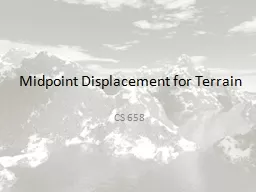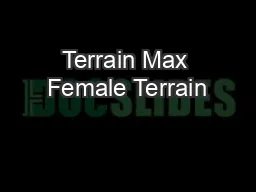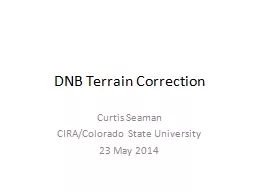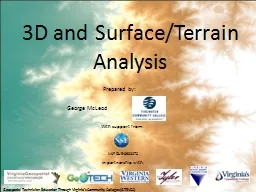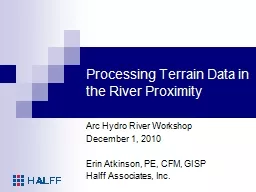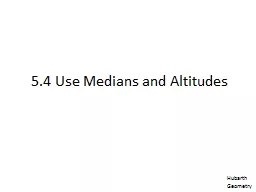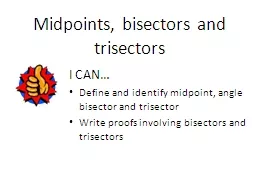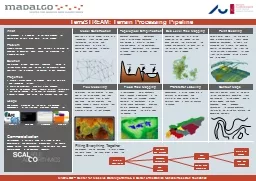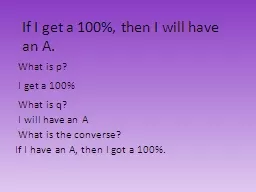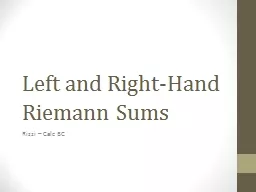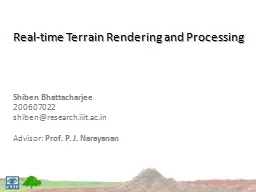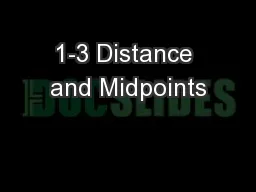PPT-Midpoint Displacement for Terrain
Author : jane-oiler | Published Date : 2018-10-04
CS 658 What problem are we solving For me its making terrain sets for games or movies For the field in general its a bit broader Art The connection between fractal
Presentation Embed Code
Download Presentation
Download Presentation The PPT/PDF document "Midpoint Displacement for Terrain" is the property of its rightful owner. Permission is granted to download and print the materials on this website for personal, non-commercial use only, and to display it on your personal computer provided you do not modify the materials and that you retain all copyright notices contained in the materials. By downloading content from our website, you accept the terms of this agreement.
Midpoint Displacement for Terrain: Transcript
Download Rules Of Document
"Midpoint Displacement for Terrain"The content belongs to its owner. You may download and print it for personal use, without modification, and keep all copyright notices. By downloading, you agree to these terms.
Related Documents

